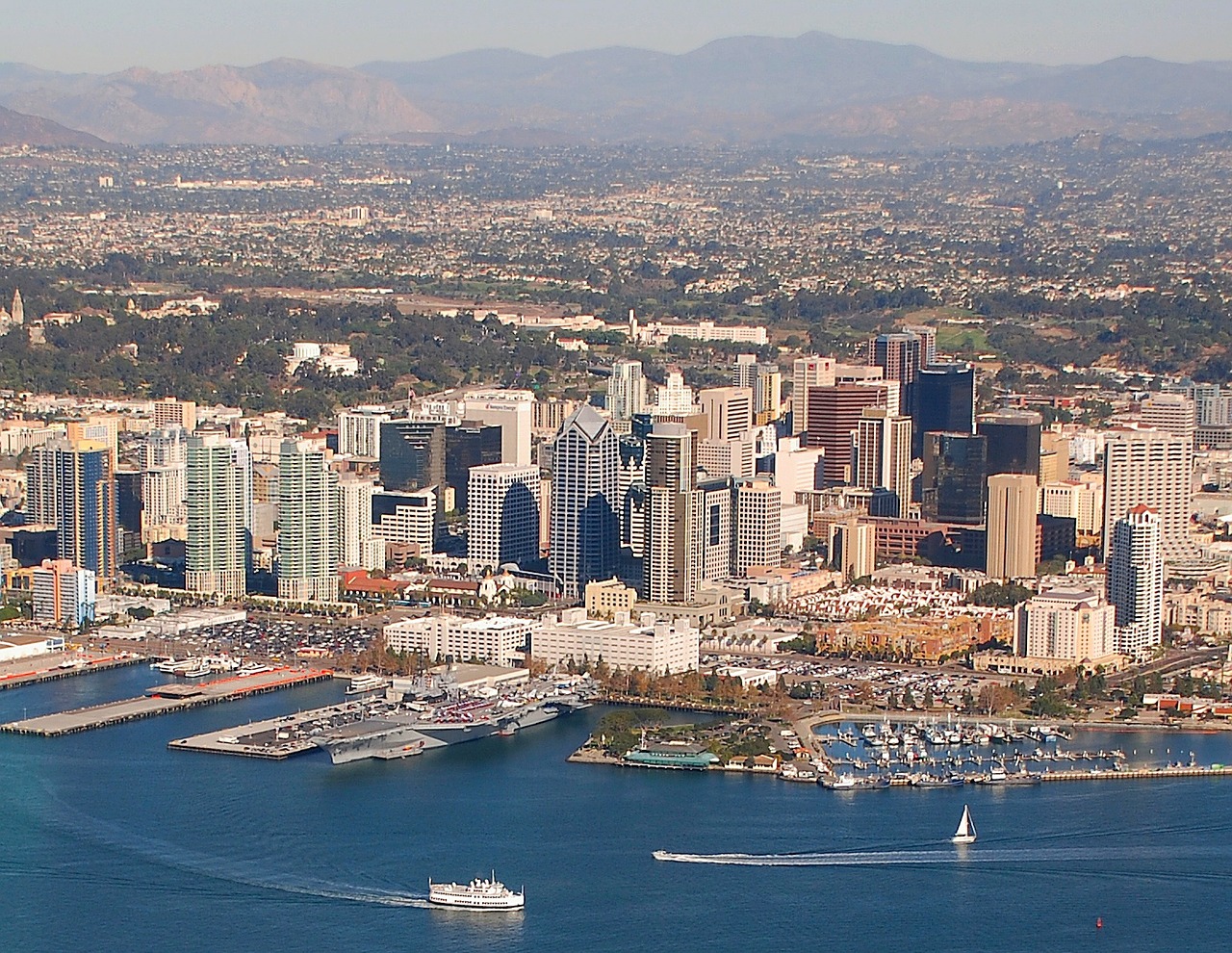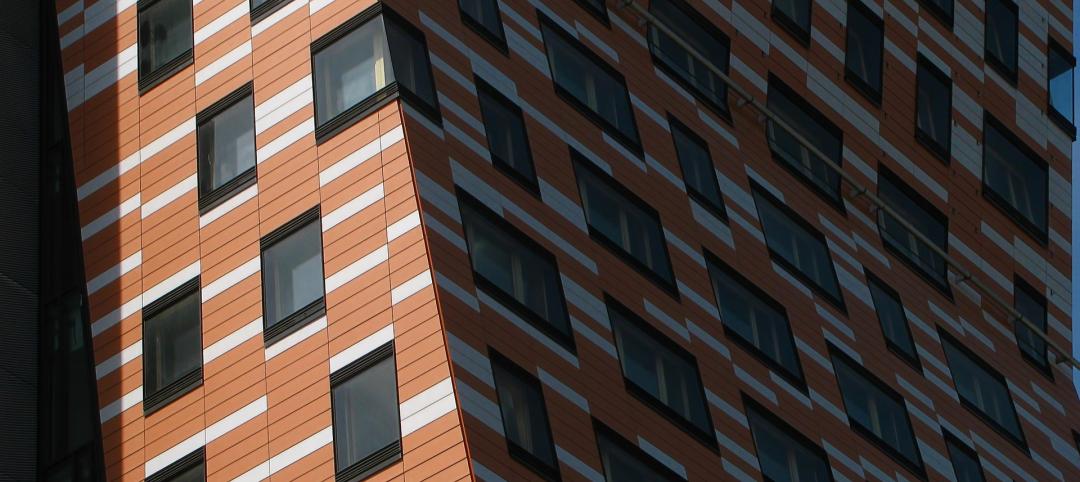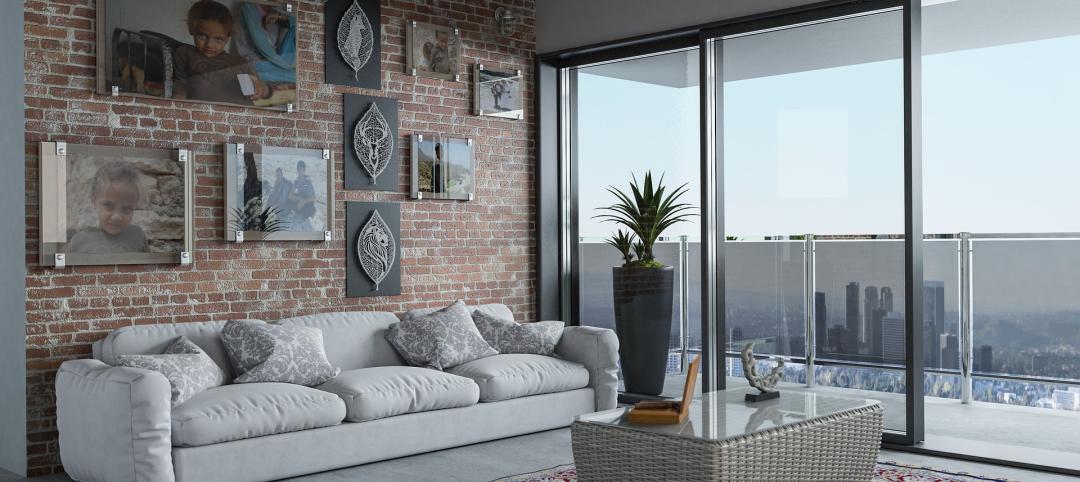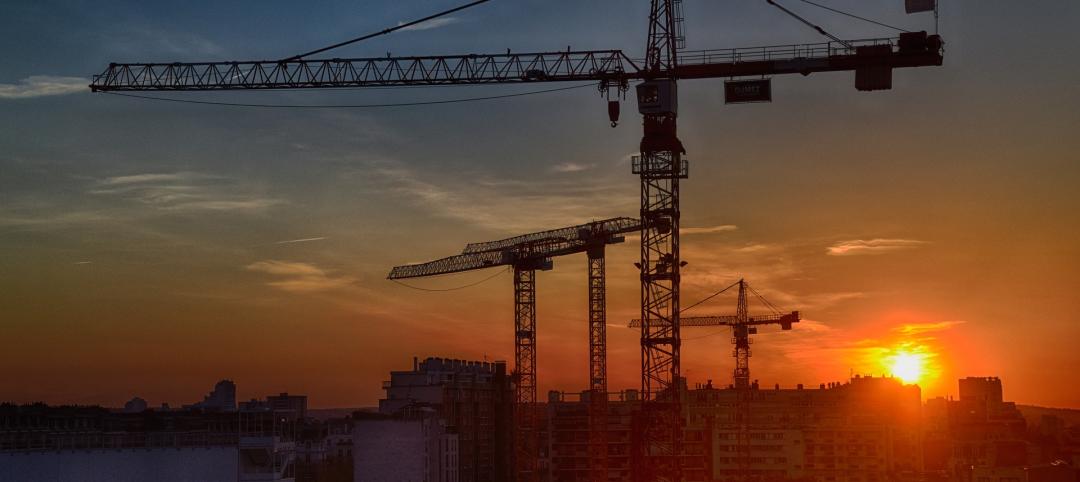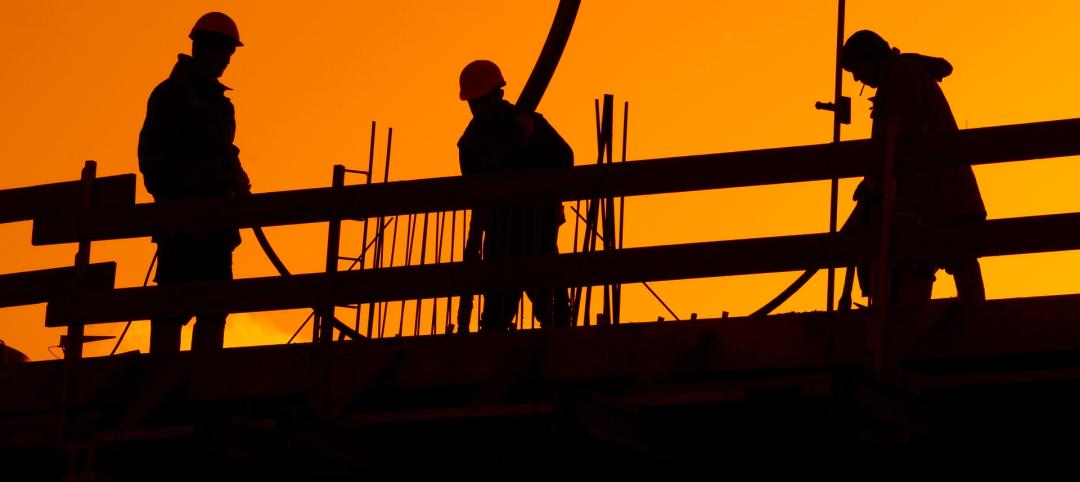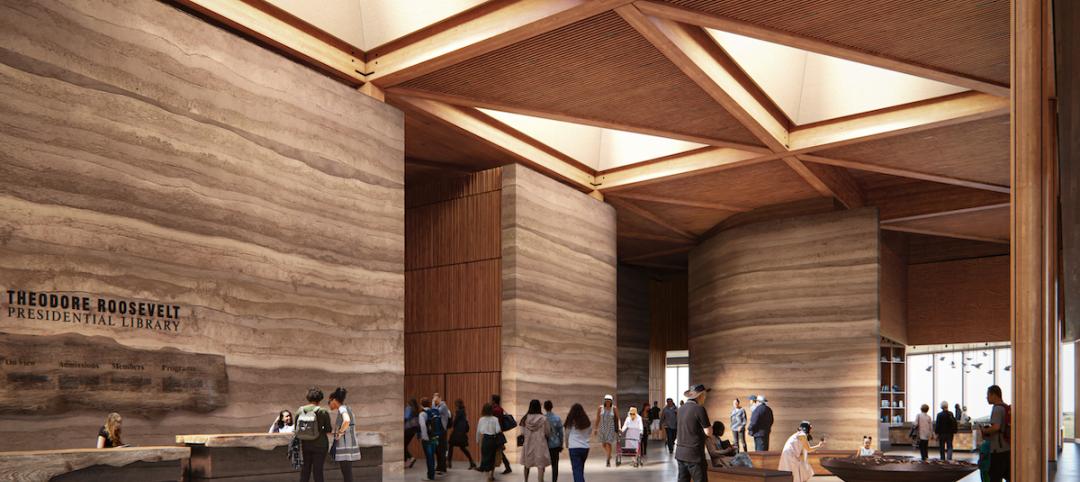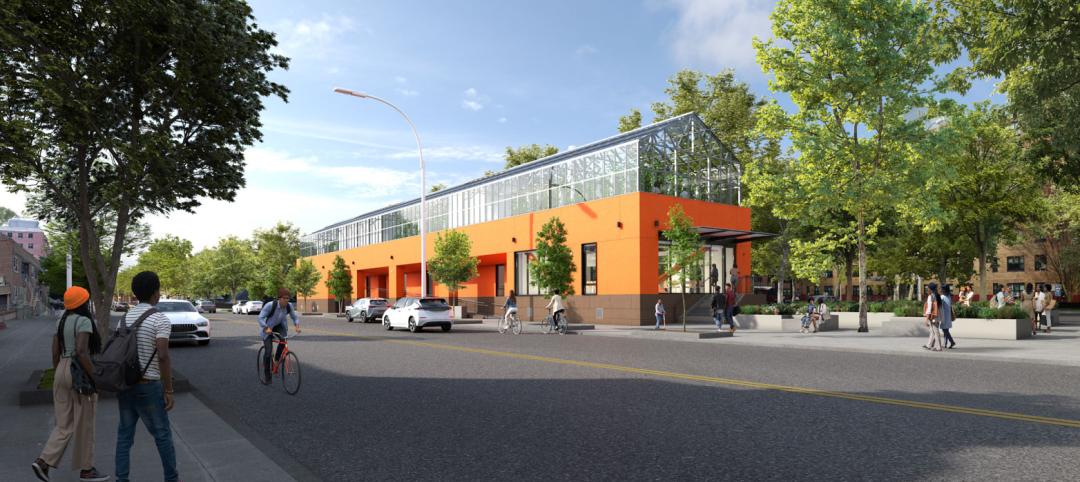Bosa Development is all in on San Diego. The Vancouver, British Columbia-based developer has been leading the latest construction boom in this southern California market, where Civic San Diego, the downtown planning agency, reports there are more than 63 projects valued at over $6.4 billion being constructed, approved, or under review.
Bosa Development, which completed seven buildings in San Diego over the past 15 years, has another eight buildings planned for construction or redevelopment in the next decade. Last month, Bosa acquired two building sites in downtown San Diego for $42.6 million, on which it plans to build up to 800 condos.
“San Diego is getting ready to pop,” Nat Bosa, the developer’s founder, told the San Diego Union Tribune recently. Indeed, in 2015 alone, developers completed 1,248 apartments, and another 8,106 are in the works, according to Civic San Diego.
Bosa Development was one of the real estate developers behind Rethink Downtown, a free public exhibit that opened last September to highlight the city’s history and culture.
San Diego’s urban core has actually been growing for quite some time. The number of people living downtown almost doubled between the years 2000 and 2013, according to the San Diego Association of Governments.
The city’s construction boom isn’t confined to multifamily, either. The giant retail developer Westfield recently announced plans for its 30-year-old Horton Plaza shopping mall. An adjacent park, which Westfield will manage, is scheduled to open in March, and the developer is considering changes to the mall that range from cosmetic fix-ups to major demolition and replacements.
Last fall, UC San Diego broke ground on a $150 million, 154,000-sf outpatient pavilion that will be build on the university’s health sciences campus in La Jolla, Calif. CO Architects designed the pavilion, which will help serve the Jacobs Medical Center, a $859 million collection of specialty hospitals that opens this year.
All of this construction and redevelopment activity is being conducted against the backdrop of a commitment that San Diego’s Mayor Kevin Faulconer made late last year to cut the city’s carbon emissions in half by 2035. To achieve this goal, the city needs to get more people and businesses to move into established neighborhoods, which will mean greater support for urban housing, an expansion of public transit, and access to renewable energy sources.
Without this commitment, the city might have been facing litigation because its environmental plan lacked sufficient enforcement measures. Faulconer’s plan calls for the city to cut total greenhouse gas emissions 15 percent by 2020 and 49 percent by 2035, based on its emission level from 2010. The plan includes a goal to reach 100% renewable energy by 2035, with an emphasis on local sources, according to Voice of San Diego’s website. And Faulconer envisions more than 60% of San Diego residents walking, riding their bikes, or taking public transit to work by 2035, compared to fewer than 10% in 2010.
Among the construction projects nearing completion in San Diego are a dual-hotel building at Lane Field at the foot of Broadway; a $555.5 million state courthouse, with 22 stories and 71 courtrooms within 704,000 sf, which should be finished this fall; and a 41-story luxury waterfront condo tower called Pacific Gate, another Bosa development that was designed by Kohn Fox Pedersen. Bosa has retained Engel & Völkers Scottsdale to market Pacific Gate, whose condo prices start at $1.4 million.
Related Stories
Codes and Standards | Jun 17, 2024
Federal government releases national definition of a zero emissions building
The U.S. Department of Energy has released a new national definition of a zero emissions building. The definition is intended to provide industry guidance to support new and existing commercial and residential buildings to move towards zero emissions across the entire building sector, DOE says.
Multifamily Housing | Jun 14, 2024
AEC inspections are the key to financially viable office to residential adaptive reuse projects
About a year ago our industry was abuzz with an idea that seemed like a one-shot miracle cure for both the shockingly high rate of office vacancies and the worsening housing shortage. The seemingly simple idea of converting empty office buildings to multifamily residential seemed like an easy and elegant solution. However, in the intervening months we’ve seen only a handful of these conversions, despite near universal enthusiasm for the concept.
Healthcare Facilities | Jun 13, 2024
Top 10 trends in the hospital facilities market
BD+C evaluated more than a dozen of the nation's most prominent hospital construction projects to identify trends that are driving hospital design and construction in the $67 billion healthcare sector. Here’s what we found.
Affordable Housing | Jun 12, 2024
Studio Libeskind designs 190 affordable housing apartments for seniors
In Brooklyn, New York, the recently opened Atrium at Sumner offers 132,418 sf of affordable housing for seniors. The $132 million project includes 190 apartments—132 of them available to senior households earning below or at 50% of the area median income and 57 units available to formerly homeless seniors.
Contractors | Jun 12, 2024
New hire strengthens Kraus Anderson's relationships with design-architects
Nate Enger, the firm’s second design phase services manager, has worked on both sides of the designer-contractor fence.
Contractors | Jun 12, 2024
The average U.S. contractor has 8.3 months worth of construction work in the pipeline, as of May 2024
Associated Builders and Contractors reported that its Construction Backlog Indicator fell to 8.3 months in May, according to an ABC member survey conducted May 20 to June 4. The reading is down 0.6 months from May 2023.
Lighting | Jun 10, 2024
LEDs were nearly half of the installed base of lighting products in the U.S. in 2020
Federal government research shows a huge leap in the penetration of LEDs in the lighting market from 2010 to 2020. In 2010 and 2015, LED installations represented 1% and 8% of overall lighting inventory, respectively.
Contractors | Jun 7, 2024
First-in-nation law requires contractors to pay prevailing wage for subsidized housing projects in Minnesota
Minnesota recently adopted a first-in-nation law that requires contractors to pay prevailing wage for subsidized housing projects in the state. This action makes Minnesota the first state in the nation to mandate prevailing wages on projects funded by federal Low-Income Housing Tax Credits (LIHTC).
Libraries | Jun 7, 2024
7 ways to change 'business as usual': The Theodore Roosevelt Presidential Library
One hundred forty years ago, Theodore Roosevelt had a vision that is being realized today. The Theodore Roosevelt Presidential Library is a cutting-edge example of what’s possible when all seven ambitions are pursued to the fullest from the beginning and integrated into the design at every phase and scale.
Education Facilities | Jun 6, 2024
Studio Gang designs agricultural education center for the New York City Housing Authority
Earlier this month, the City of New York broke ground on the new $18.2 million Marlboro Agricultural Education Center (MAEC) at the New York City Housing Authority’s Marlboro Houses in Brooklyn. In line with the mission of its nonprofit operator, The Campaign Against Hunger, MAEC aims to strengthen food autonomy and security in underserved neighborhoods. MAEC will provide Marlboro Houses with diverse, community-oriented programs.


